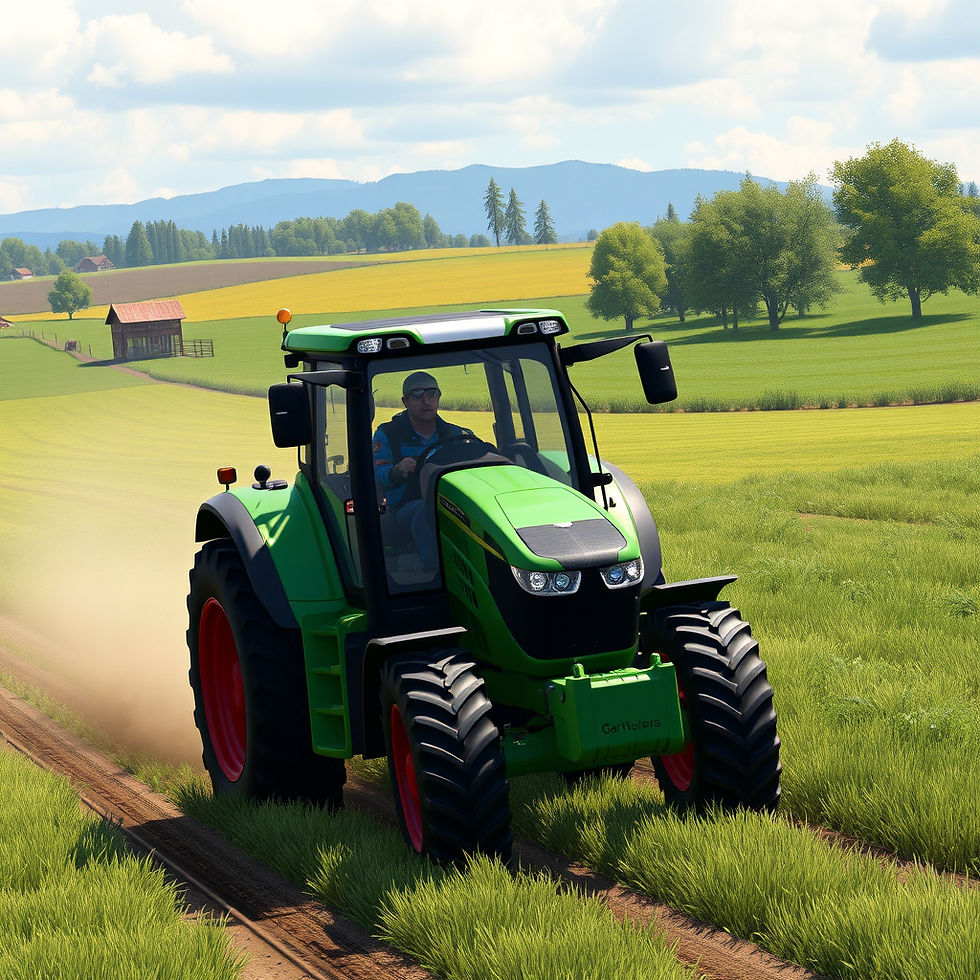Farming Games: Cultivating Relaxation and Creativity in Gaming
- Geniuscrate

- 15 hours ago
- 2 min read

In a world of fast-paced shooters and high-stakes adventures, farming games offer something refreshingly different: a slower, more deliberate pace that emphasizes growth, creativity, and the joy of nurturing virtual worlds. These games have grown from niche hobbies into mainstream sensations, reshaping what we expect from interactive entertainment.
The Rise of Farming Games
The genre gained prominence with classics like Harvest Moon in the 1990s, which combined farming mechanics with relationship-building and community life. Later, titles like Stardew Valley expanded on the formula, blending crop management with crafting, exploration, and even combat. Farming simulators like Farming Simulator 22 added another dimension: realism, by faithfully recreating modern agricultural equipment and practices.
Why Farming Games Appeal to Players
The charm of farming games lies in their balance of relaxation and strategy:
Creative freedom: Players design and expand their farms however they choose, from small gardens to sprawling agricultural empires.
Routine and rhythm: The daily cycles of planting, watering, and harvesting create a calming loop.
Community building: Many games include NPCs or multiplayer features, turning farming into a shared experience.
Escapism: Tending to crops and animals in a peaceful digital landscape offers relief from the stresses of modern life.
The Technology Behind Farming Simulations
Modern farming games leverage powerful game engines and detailed design tools to deliver immersive experiences:
Stardew Valley uses pixel art to evoke nostalgia while packing surprising depth.
Farming Simulator employs advanced 3D modeling and physics to replicate real machinery.
Cloud and multiplayer features allow farming games to become social platforms, connecting players worldwide.
Beyond Entertainment: The Educational Value
Farming games are not just about fun. They can also teach resource management, sustainability, and long-term planning. By simulating weather changes, market fluctuations, and soil health, they highlight real-world challenges in agriculture; albeit in simplified, approachable ways.
The Future of Farming Games
As gaming evolves, expect farming titles to grow even more immersive and complex. Virtual reality may allow players to physically sow seeds or drive tractors. AI-driven NPCs could create more dynamic village communities, while cross-platform multiplayer will make farming a truly global pastime.
Conclusion
Farming games prove that gaming doesn’t always need explosions or speed to be captivating. By blending creativity, strategy, and relaxation, they’ve cultivated a genre that resonates with players across generations.
At GeniusCrate, we admire the detail and artistry behind farming games. That’s why we specialize in crafting hyper-realistic environments, detailed props, and immersive landscapes that bring digital worlds, whether farmland, cities, or fantasy kingdoms, to life. Just as farming games balance beauty and function, we help studios grow their projects into thriving successes.



Comments